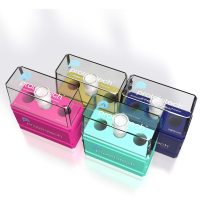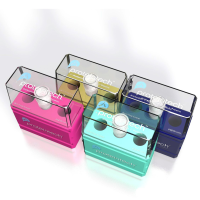The Basics: RNase Control
互联网
To the average molecular biologist working with RNA, preventing, detecting and eliminating nuclease contamination, particularly ribonuclease (RNase) contamination, is a constant and somewhat annoying challenge. The following discussion pinpoints some of the sources of RNase contamination and highlights ways to eliminate contamination problems at various stages while working with RNA.
RNases Are Ubiquitous and Sturdy Enzymes
Because they play an important role in nucleic acid metabolism, RNases are found in both prokaryotes and eukaryotes, and in practically every cell type. The human body uses RNases to defend against invading microorganisms by secreting these enzymes in fluids such as tears, saliva, mucus and perspiration. The primary source of RNases within most environments, however, is microorganisms — namely bacteria, fungi and their spores. In a laboratory setting, RNase contamination problems are exacerbated since microorganisms and their derivatives (e.g., restriction enzymes, polymerases, etc.) are frequently used as essential tools or may even be the object of scientific study. As you might imagine, these proteins can be found practically everywhere in a molecular biology laboratory!
RNases, especially those belonging to the RNase A family, are fairly small, compact proteins containing several cysteine residues that form numerous intramolecular disulfide bonds. As a result, denatured RNases tend to regain their native structure and partial function after being cooled to room temperature in the absence of a denaturant. Consequently, RNases can retain activity after freeze-thaw cycles and even autoclaving (see Technical Bulletin 178 ). The robust nature of these enzymes makes them refractory to many methods of decontamination. Indeed, drastic chemical methods are often required to eliminate RNases from surfaces and solutions.
Preventing RNase Contamination
Basic Precautions
Some basic precautions need to be taken when working with RNA. These include:
-
wearing gloves throughout experiments to prevent contamination from RNases found on most human hands (we jokingly refer to these as "fingerases"),
-
changing gloves after touching skin (e.g., your face), door knobs, and common surfaces,
-
having a dedicated set of pipettors that are used solely for RNA work,
-
using tips and tubes that are tested and guaranteed to be RNase-free,
-
using RNase-free chemicals and reagents, and
- designating a "low-traffic" area of the lab that is away or shielded from air vents or open windows as an "RNase-free Zone".









